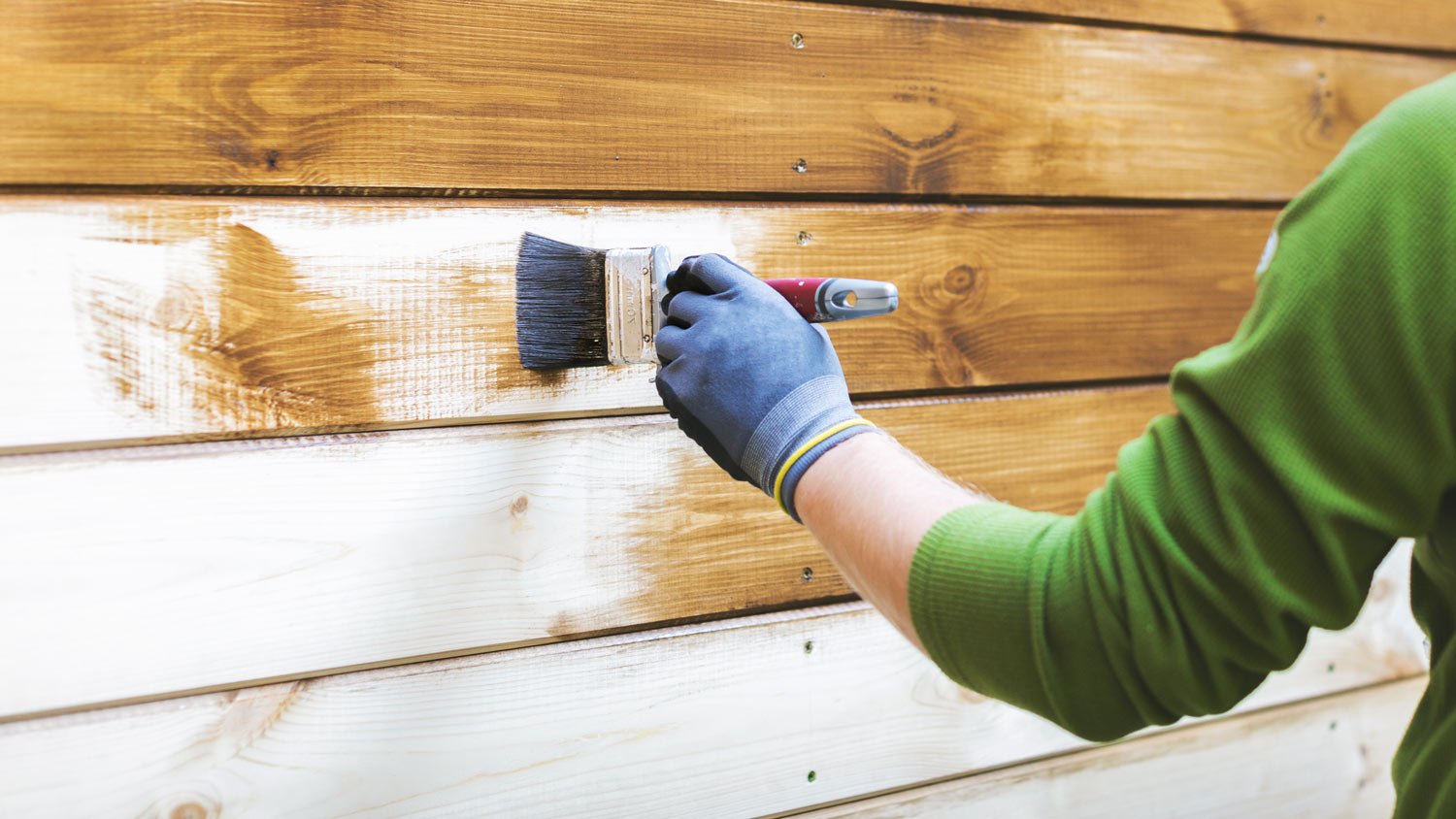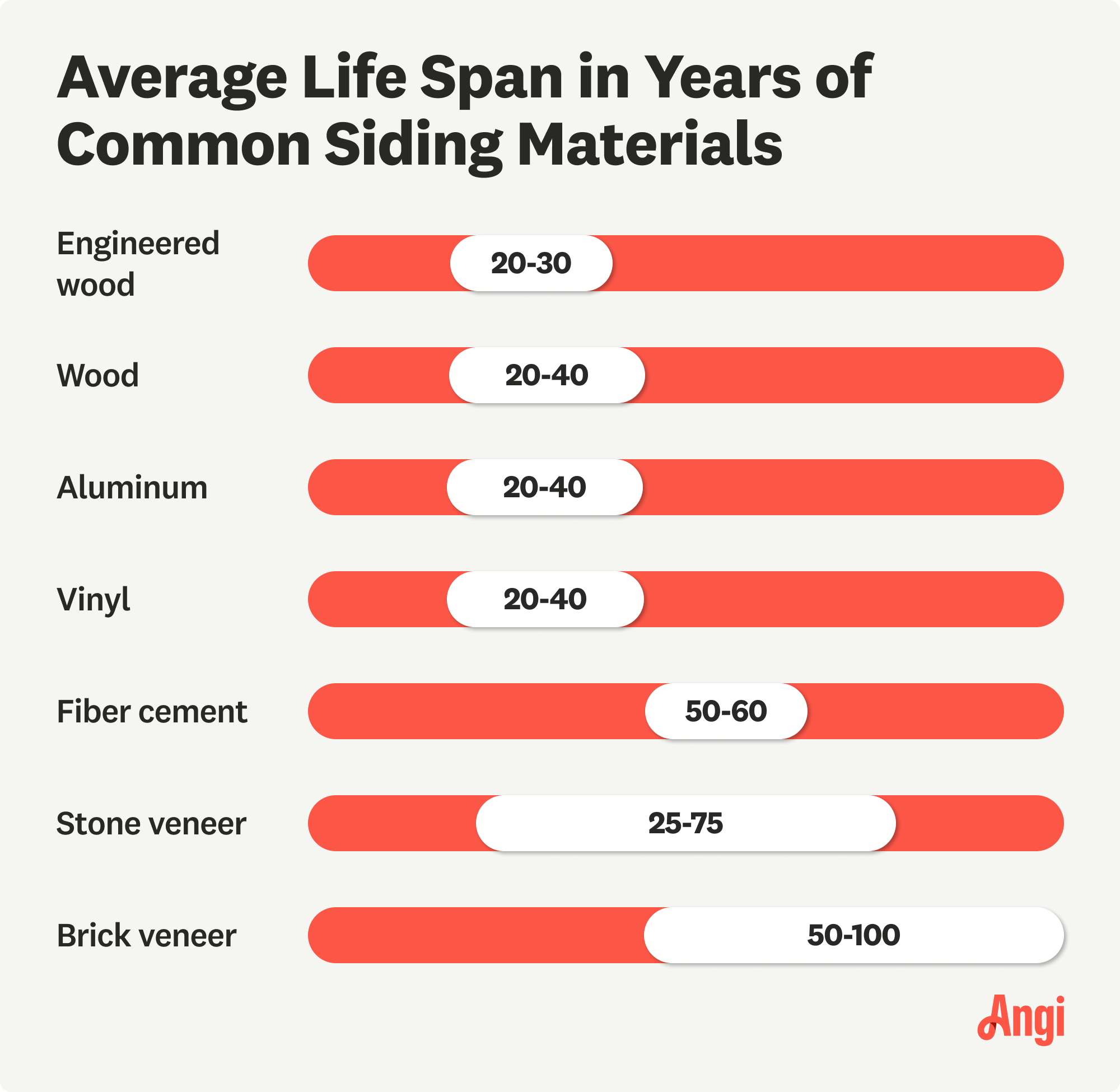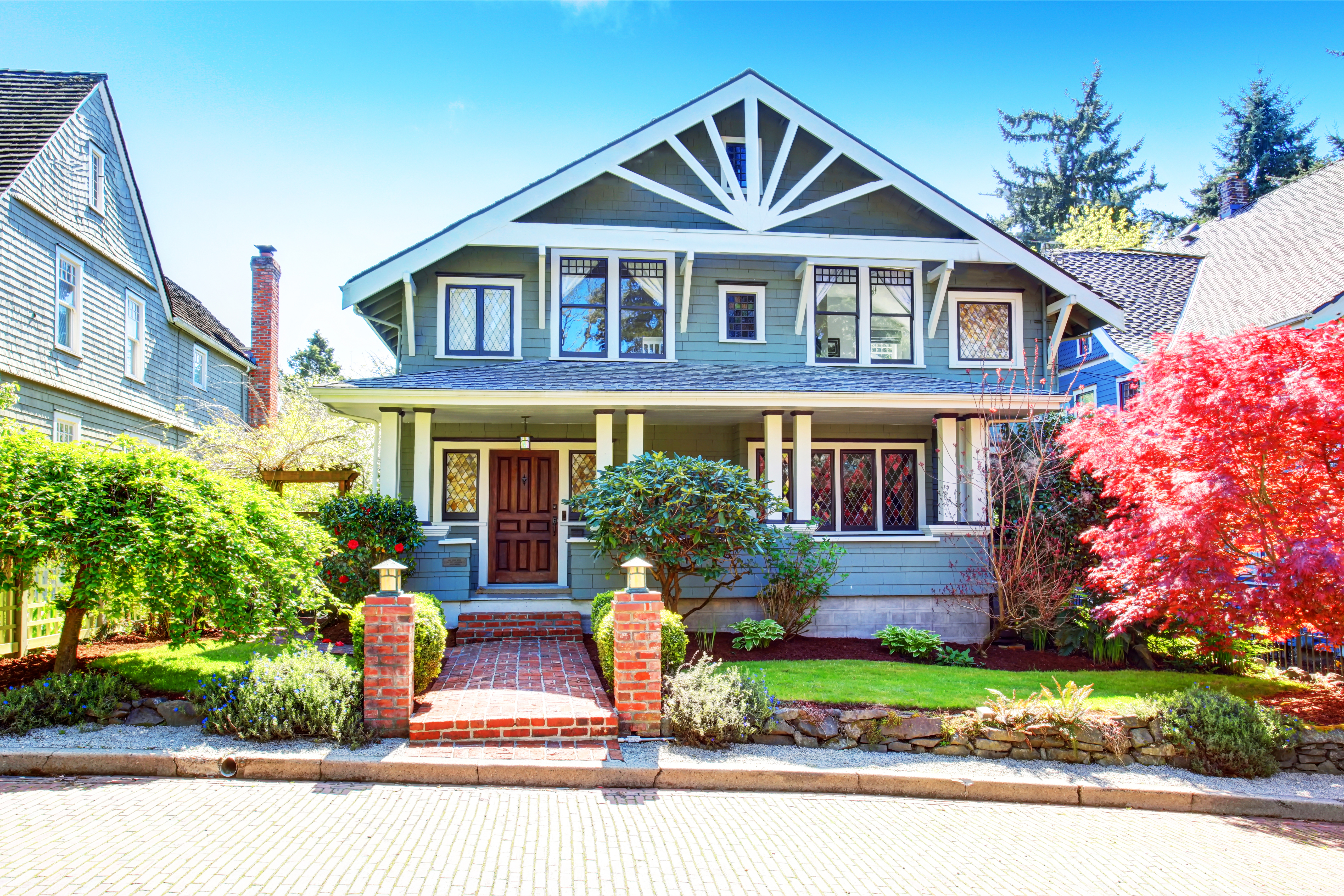
Fiber cement siding is durable, fire-resistant, and affordable. Learn more about fiber cement installation costs in Columbus, OH.
Keep your home looking fresh while protecting its structure from the elements


Quality siding is your home’s first line of defense against year-round exposure to wind, rain, snow, and heat. By learning how to maintain your wood siding, it should last 20 to 40 years before requiring replacement. Learn how to spot common problems with your wood siding and how to stay on top of its regular maintenance needs.
Contact a pro to diagnose any potential damage to your home's siding, as they may be able to identify damage that is difficult to spot.
Do a routine check of your siding every six months to ensure it looks like you want. Any visible damage on the surface is a sign of potential damage to your home’s structural integrity, so it’s vital to catch small problems early and fix them before they get worse and become more expensive to repair.
Potential signs of problems with your wood siding include:
Chips, holes, scratches, or cracks, which indicate possible moisture penetration points
Mold and fungus on the surface, which typically indicate moisture problems
Warped, wavy, or bubbling wood that is loose and no longer protecting your home
Peeling interior paint or wallpaper, which indicate moisture behind your walls
Insects boring into the wood
Rotting or decaying wood
We recommend doing one check in the fall to prepare for winter and another in the spring so you can complete any needed maintenance while the weather is warmer. Consult a local siding contractor for inspections and repairs.
No matter what type of siding you have, you need to clean it regularly to remove dirt, mildew, and other potentially harmful substances from the surface. Clean siding is more durable and improves the overall look of your home’s exterior. Learning how to maintain wood siding is a wise investment.
Be sure to annually wash your wood siding using warm, soapy water and a soft-bristled brush to gently remove dirt. Rust removal is also important since wood siding uses metal fasteners, such as nails and screws, to stay intact. If the fasteners are not galvanized, they begin to oxidize upon contact with moisture. Since bleach and oxalic acid can irritate your skin and eyes, we recommend wearing gloves and eye protection when cleaning wood siding.

Wood naturally expands and contracts with seasonal changes in humidity and temperature, which can cause stress on paint and caulked seams around windows and doors. If these protective barriers are damaged, water can penetrate your siding and cause damage to your home’s structure.
You can seal your wood siding with a fresh coat of paint or stain and a sealer. It’s important to choose the right products, so here’s the difference between each:
Fresh paint coats your siding, makes your home look put together, and increases its curb appeal. The average cost to paint wood siding is $700 to $3,000, and you should have it done every five years or as soon as you see it start to peel and chip.
Unlike paint, stain penetrates wood fibers and won’t chip or crack. Stain seals your siding against moisture, and it costs less than paint to apply. Keep in mind that once you choose a stain color, it’s difficult to change that color.
In addition to paint or stain, wood siding also requires a sealer. This will protect it from moisture and UV light from the sun, which can discolor your wood and cause it to turn gray. You should apply new sealant at least every two years.
The trees and shrubs you plant around the perimeter of your home should not directly touch your siding. Live green plants attract and retain moisture, which can then find its way into porous wood, especially if you find nearby cracks or tiny openings. Branches can also strike the siding when blown by the wind, causing scratches.
To prevent this type of damage, as well as moisture and mildew, trim back bushes and tree branches so that they do not touch the exterior siding of your home. As a rule of thumb, you want to leave enough room to comfortably walk between your house and any plant life.

If any pieces of your wood siding are scratched, dented, warped, loose, or missing completely, have them repaired as soon as possible. Be sure to repair or replace siding if it’s old or severely damaged. The same is true for repairing rotted boards. Otherwise, your home is at risk of water penetration and mold growth that could compromise the structural integrity of your home.
Whether you opt for new siding or simply want a material to match the look of your existing home, make sure you are choosing quality wood materials. Look for wood species with natural resistance to rot, as this is the most common problem for wood siding. Some of the best siding choices include Nordic whitewood, redwood, cypress, and western cedar wood siding.
Gutter cleaning costs around $166 on average and varies from $119 to $234. Gutters need to be cleaned at least twice a year. However, this is a small seasonal investment compared to the potential damage water and ice dams can cause to the siding.
Wood siding is most vulnerable to water infiltration. If your gutters are clogged, the water captured has nowhere to go. This leads to water dams, or ice dams when the temperature falls below freezing. The water or melted ice then drips onto your wood siding. Over time, they can cause severe problems like peeling paint, rust, rot, mold, or mildew. Left untreated, you may end up paying thousands to replace the affected siding.
While your wood siding is equipped to handle outdoor elements like rain and snow, it’s best to avoid adding unnecessary water to it. For example, if you have a lawn sprinkler system, make sure its stream doesn’t come in regular contact with the wood siding, which could lead to moisture problems. Additionally, you should avoid power or pressure washing your wood siding unless it’s absolutely necessary. Consult a local siding contractor about best practices for maintaining your wood siding without putting additional water on it.
From average costs to expert advice, get all the answers you need to get your job done.

Fiber cement siding is durable, fire-resistant, and affordable. Learn more about fiber cement installation costs in Columbus, OH.

The cost of siding repair varies depending on material, design, and damage. This helpful guide covers the siding repair costs to expect in Columbus, Ohio.

New vinyl siding adds value and curb appeal to homes in Columbus, Ohio. Learn about average vinyl siding installation costs in Columbus, Ohio.

Wondering why your vinyl siding is wavy? Chances are the installation is to blame. But the issue could be sunlight, heat, or foundation issues.

Want to learn how to install vinyl siding on a house? Keep reading for insight into the whole process from start to finish.

Learn how to identify and repair wind-damaged shingles—protect your home by addressing roof damage promptly to prevent further issues.